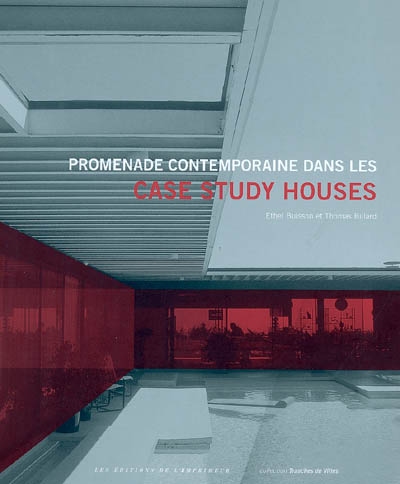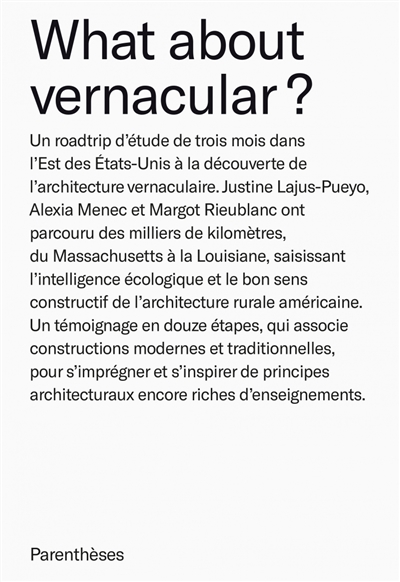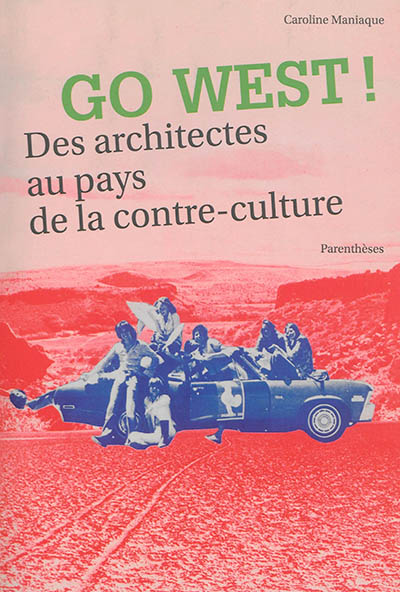par Buisson, Ethel ; Billard, Thomas (1968-....)
Ed. de l'Imprimeur
2004 -
-
Disponible - 727.38 BUI
Niveau 3 - Arts
Résumé : Retrace l'histoire et étudie la place dans l'histoire de l'architecture moderne du Case Study House Program qui a proposé, de 1945 à 1966 à Los Angeles, des maisons toutes différentes mais aux ambitions semblables et à un prix réduit.

 Les bibliothèques de la ville de Paris
Les bibliothèques de la ville de Paris
 Les bibliothèques universitaires
Les bibliothèques universitaires
 La BnF
La BnF
 L'encyclopédie Wikipédia
L'encyclopédie Wikipédia
 L'Encyclopædia Universalis
L'Encyclopædia Universalis
 La bibliothèque du film
La bibliothèque du film
 La médiathèque de la Philharmonie de Paris
La médiathèque de la Philharmonie de Paris














